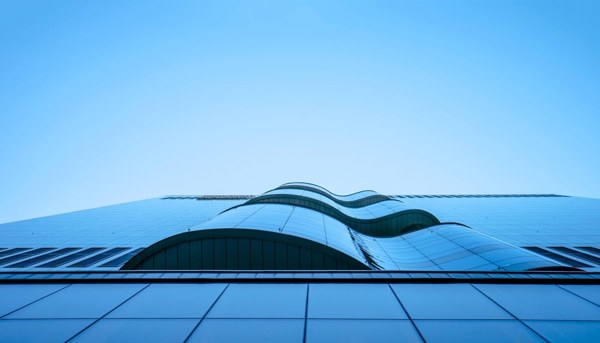The use of renewable resources, especially the solar energy, has been rapidly increasing because of the availability of several solar systems in the Philippines.

These solar systems are equipped with advanced technology and provide a complete package solution to help consumers switch to cleaner and renewable solar power.
The combination of abundant sunlight, technological innovations, government policies, and initiative of the people to join the green movement make the solar industry in the Philippines better and bigger. Let’s take a look at the important milestones of the booming industry of solar energy in the country.
Renewable Policy
The Republic Act 9513 or the Renewable Energy Act of 2008 states the promotion of commercialization, development, and utilization of renewable energy resources in the country. This republic act was authored by Senator Juan Miguel Zubiri in desire to reduce the dependence of the country on fossil fuels to generate electricity and promote cleaner and greener energy.
Ever since the law was passed, the previous 22 renewable energy projects were increased to 406 renewable projects, such projects are already built or being constructed as of the moment.
Solar Farms
There has been an increase in the number of solar farms in the Philippines since several environmental groups and organization are campaigning for sustainable lifestyle. In fact, the largest solar farm in Luzon, Calatagan Solar Farm, is already operating since March 2016 and currently providing electricity to the whole western Batangas. The solar farm has 200,000 solar panels and has 160 hectares (500 acres) land area. Instead of being used for growing crops, the land was converted to a large solar farm to generate enough energy to the western part of the province. The solar farm is expected to offset beyond 1 million tons of carbon dioxide with continuous operation (over three decades).
Apart from the Calatagan Solar Farm, three more solar power plants have already begun operating namely the 125-MW solar power plant in Negros Occidental, 50-MW solar project in Tarlac, and 29-MW solar project in Davao. Moreover, a solar farm in the north of Manila will be constructed by the first quarter of next year, which will have batteries that will smoothen the output of intermittent renewable energy plants.
Energy-Efficient Establishments
Apart from the creation of solar farms in the country, several establishments are already switching to green living by installing solar panels on their roofs.
In 2014, SM North Edsa in Quezon City became the world’s largest solar-powered mall. This mall has 5,760 solar panels and 60 inverters outfitted on its parking building. An approximated 40,000 tons of carbon dioxide is expected to offset by this 1.5-MW plant with its continuous operation.
Manuel L. Quezon University in Quiapo, Manila is also generating their electricity through the 320 solar panels installed on their rooftop. These solar panels can produce 96 kilowatts of electricity. MLQU is the first solar-powered university in Manila.
The milestones mentioned above are definitely making a turning point for the solar industry in the Philippines. With advancement in technology and initiative of different sectors, a cleaner and greener world will become a reality.
About the author:

Jeric is a freelance writer that features food, lifestyle, travel, DIY subjects, and nature. He is an adventurer, taking on the world and everything it has to offer, may it be the good and the bad. He also has a weird love for reggae and sharks. See: Reggae Shark
